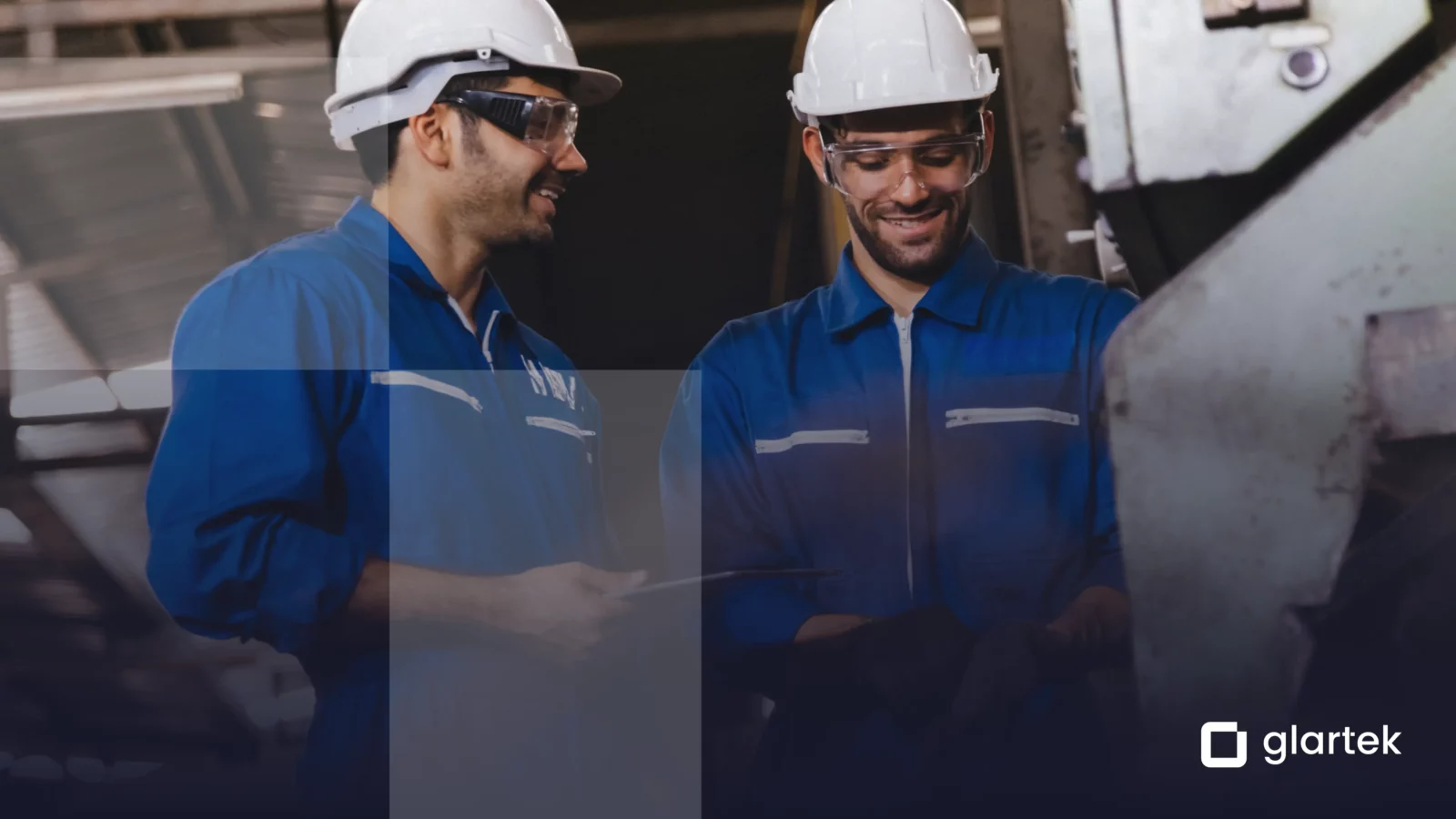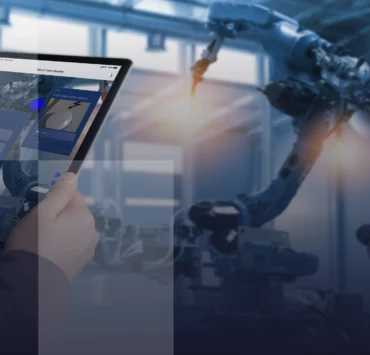What’s team management?
The ability to work together to achieve a common goal can be traced back to pre-history. Both humans and animals have long used collaborative efforts for all sorts of tasks. However, team management and team building have only begun being studied a little over 100 years ago.
Over the years, team management in the workplace has focused on how human connections can improve productivity by keeping workers motivated to deliver top results. As a result, team management has proven particularly relevant and challenging for workers operating in the industrial sector.
It has been established that team management encompasses different methods, techniques, processes, and activities. While organizations might have different types of teams (Self-managing, Functional department, Cross-functional, etc), successful teams tend to share the following characteristics:

Why are teams working in the industrial sector struggling?
The race to modernization and the rise of Industry 4.0 has presented businesses with new and complex challenges. There is now a growing need to adapt to the increasing demand, emerging competitors, and time constraints within industries. In industrial settings, workers are often required to have a great degree of autonomy while adhering to detailed processes.
However, increasingly complex tasks and demanding workloads have proven highly challenging. By following legacy procedures workers can often feel isolated, struggle to complete tasks they’re unfamiliar with, and find it difficult to communicate with colleagues. In addition, they’ll often have to physically locate paper-based instructions and, if needed, track down colleagues on the shop floor. Needless to say, this consumes resources, holds back production, and is impractical for modern businesses.
Simultaneously, managers and supervisors don’t have the tools to help them monitor shop floors and answer the needs of their workforce. They are unable to improve everyday tasks because they lack the relevant data. Consequently, this can hurt productivity and generate a higher turnover rate.
Overall, these are some of the factors that could be holding back teams:
- Disengaged workers
- No tools to organize daily tasks of the front-line team
- Ineffective internal communication
- Poor management procedures and analysis
- Lack of relevant technology and tools
Augmented & Connected worker solutions: how can they help?
Nowadays, the concept of team management not only refers to specific actions that can stimulate collaboration between workers but also the tools that improve modern workflows. In this sense, paperless centralized solutions have become essential to manage teams and have them succeed.
Digital solutions can both optimize day-to-day tasks and augment and connect workers’ performance. As a result, businesses can maintain an efficient front-line and office team by employing 2D and Augmented Reality processes.
In practical terms, this means that digital platforms can have a multiplicity of applications for managing teams working in industrial settings. For instance, managers can schedule tasks/maintenance using drag-and-drop functionalities to streamline processes.
Moreover, teams will be connected at all times: front-line workers will be able to receive notifications and alerts (on their mobile devices, tablets, or leading AR Glasses); while managers and supervisors will get feedback in real-time on the different operations and individual workers’ performances.
In addition, through the digitization of operations, businesses will have access to useful data and analytics which will give them a clearer understanding of their operations. Ultimately, managers will get to efficiently use resources so their teams can perform at their highest level.

Main features provided by Connected and Augmented solutions:
| Analytics/KPIs | Workflows | Digitized Tasks |
| 2D & AR Mobility | Steps, Checklists & Advanced Inputs | Scheduling |
| Live chat | Reports | Dashboard & IoT Data |
In the current industrial scenario, businesses operating in high-demanding sectors must transition into the new age of digital work. It is time to explore the incorporation of digital solutions and data-driven services. Only by doing this can companies remain competitive and achieve high levels of productivity.
Interested in learning more about digital solutions? Check out our use cases section or schedule a free demonstration to see how your company could benefit from our product.



